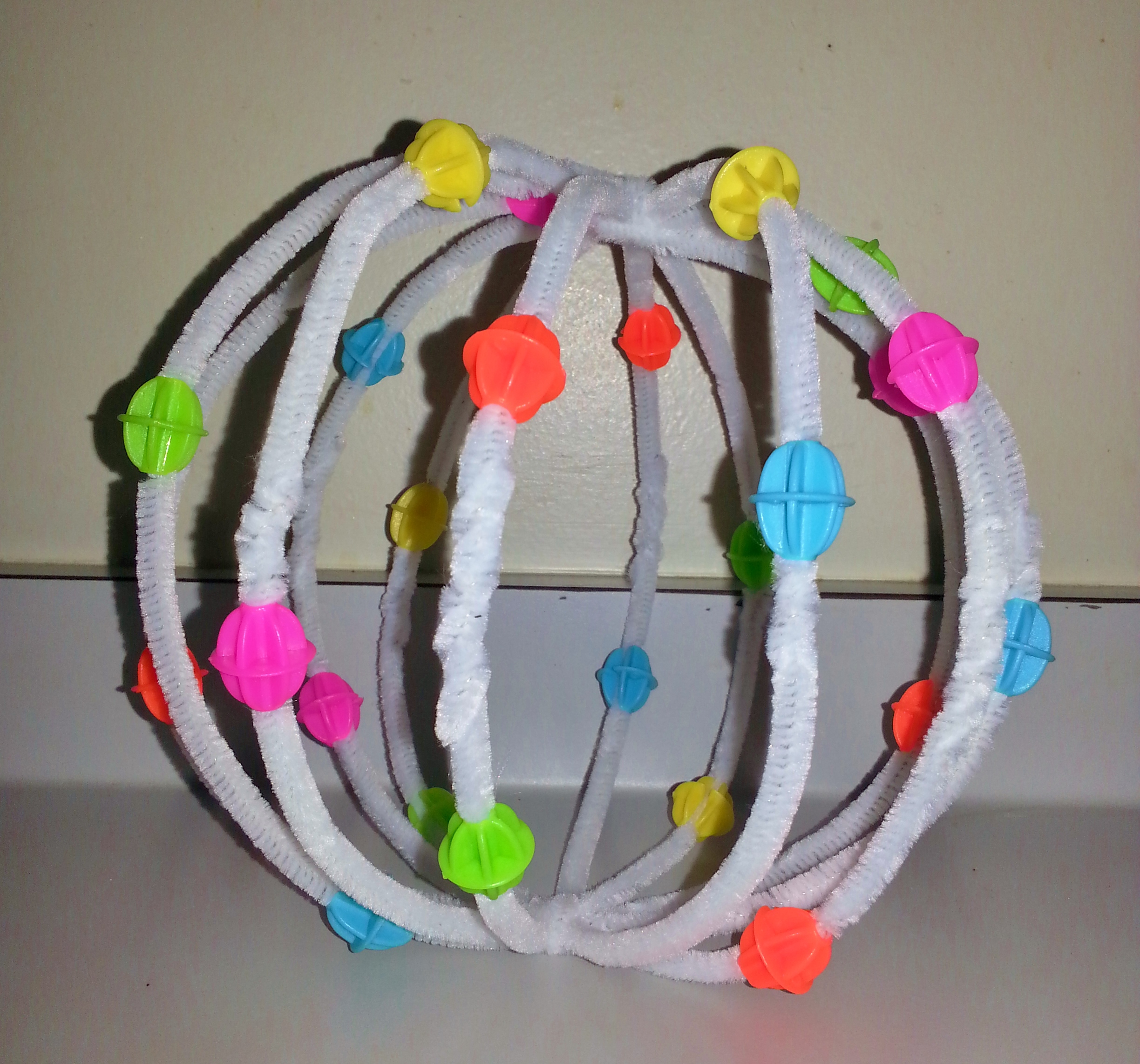Network
Reading Assignment
A network is an interconnection between a system or group. Both Six Degrees of Separation, by Albert-Laszlo Barabasi, and Six Degrees of Interconnection, by Duncan Watts, discuss the connection between ourselves, and any single person in the world. Referring to Stanley Milgrim's concept of 'six degrees of separation,' Barabasi and Watts talk about the astonishing phenomena that the average number of links from us to a single random person anywhere in the world is only 5.5. Before reading these essays I was unaware of this theory. It's incredible to me and it's almost too low of a number to believe.
In Six Degrees of Separation, Barabasi also talks about the degrees of separation on the web. There are an average of about 11 degrees (or clicks) of separation between web pages on the internet. Both of these numbers seem very small but they are actually bigger than we think. Even two or three relationships away from us we will sometimes find absolute strangers, so six links away is actually really far. I think what is most interesting to me is the fact that this theory can never be proven absolute. Without knowing the shortest paths to connect two people, we can never know for certain what the average number of links is between two random people on Earth. Barabasi describes it as a map that could show us short-cuts through a maze. It's as if there is a hidden map connecting all of us to each other, but there is no possible way to look at that map. If the test subjects had known the shortest paths to the target Milgrim had planned, then the average number of links between two people should definitely be less than 5.5. This leaves us to only guess what the true number is separating us and everyone else in the world.
In The Art of Cyberspace by Pierre Levy, Levy changes the views of art by bringing in a whole new medium to the art world, along with new circumstances and new interaction. Before the introduction of "cyberspace" there was hand-made art done by painting, carving, sculpting, and drawing. Today, these are only small aspects of the art world. Now an art piece can be re-created over and over again by, not only the artist, but by the users. The role of art and the artists have changed drastically by allowing the users to make changes and be involved through messages and communication. They can also add or remove things overtime. The division between the artist and the viewer has become almost non-existent, changing the role of art.
In The Death of the Author by Roland Barthes, Barthes discusses writing as a form of art. This essay is a bit confusing to me, but I believe that Barthes is trying to conclude that an author's book is nothing without a reader, and that the reader must disregard the author to fully understand the book. The author must fade into the background of the story or must "die" in order for the reader to be engaged. The role of art and the artist also changes in this form of art. There needs to be an active participant (the reader) in order for this art form to exist. Without the reader, there would be no writer. Both literacy and cyberspace rely on participants to exist as art forms.
Project

For my project I mapped the network of the GPS (Global Positioning System) satellites orbiting Earth. I did so by using pipe cleaners and spoke beads to create a sculpture, or model. I chose to make a sculpture because my network is best shown as a 3D model. Through my sculpture I wanted to show the relationship between the GPS satellites and how they operate together. These satellites work by threes, mapping out Earth's landscape and sending the information down to us. Three satellites are essential to finding an exact location, and four satellites are necessary when finding the exact altitude of a location. There are 24 total satellites in space belonging to the Global Positioning System, with six different orbits each containing four satellites. This system can operate under any weather conditions on Earth and can even continue to operate if a few of the satellites stop working. This project made me realize that networks do not have to just be among people, but can simply be a group or system of interconnecting things.